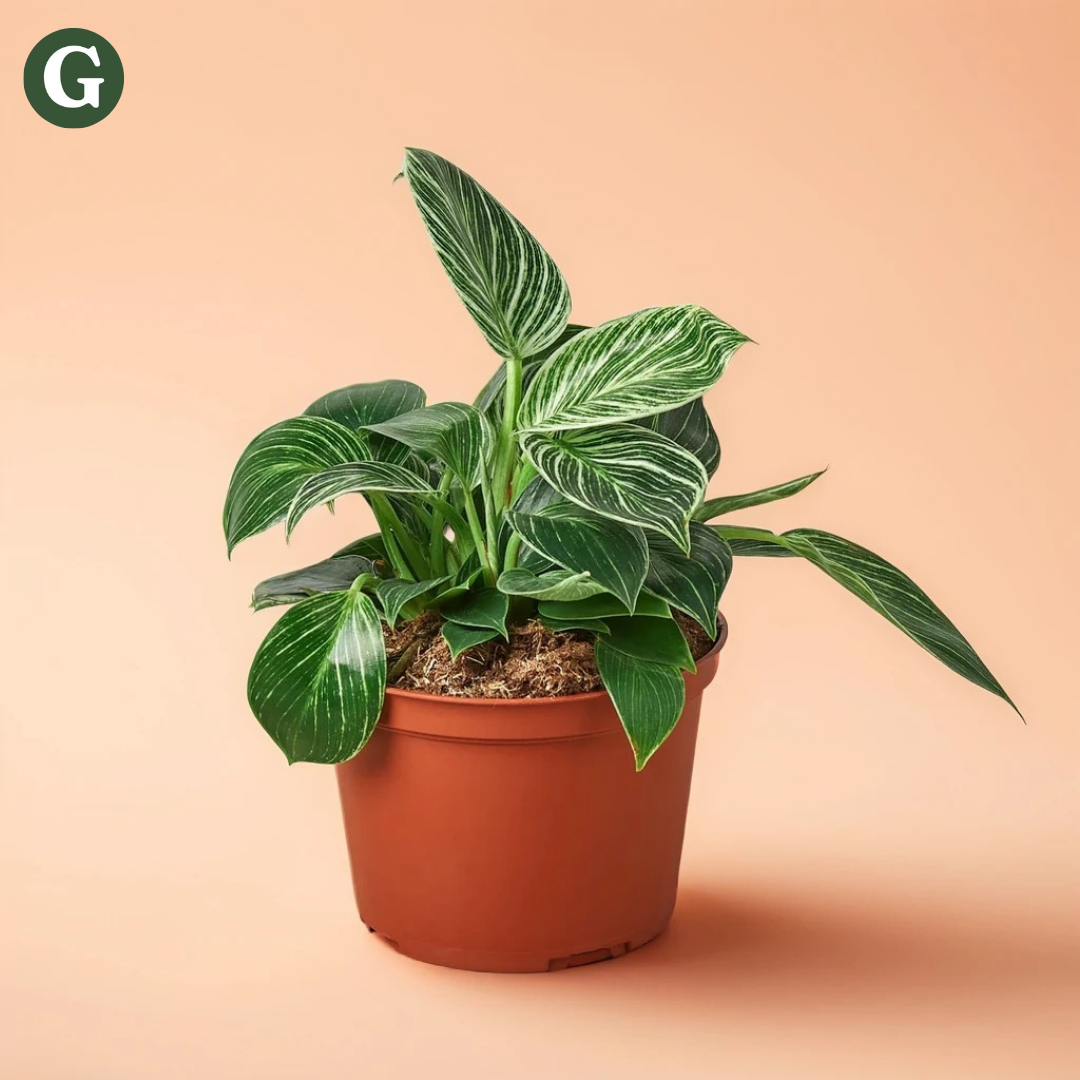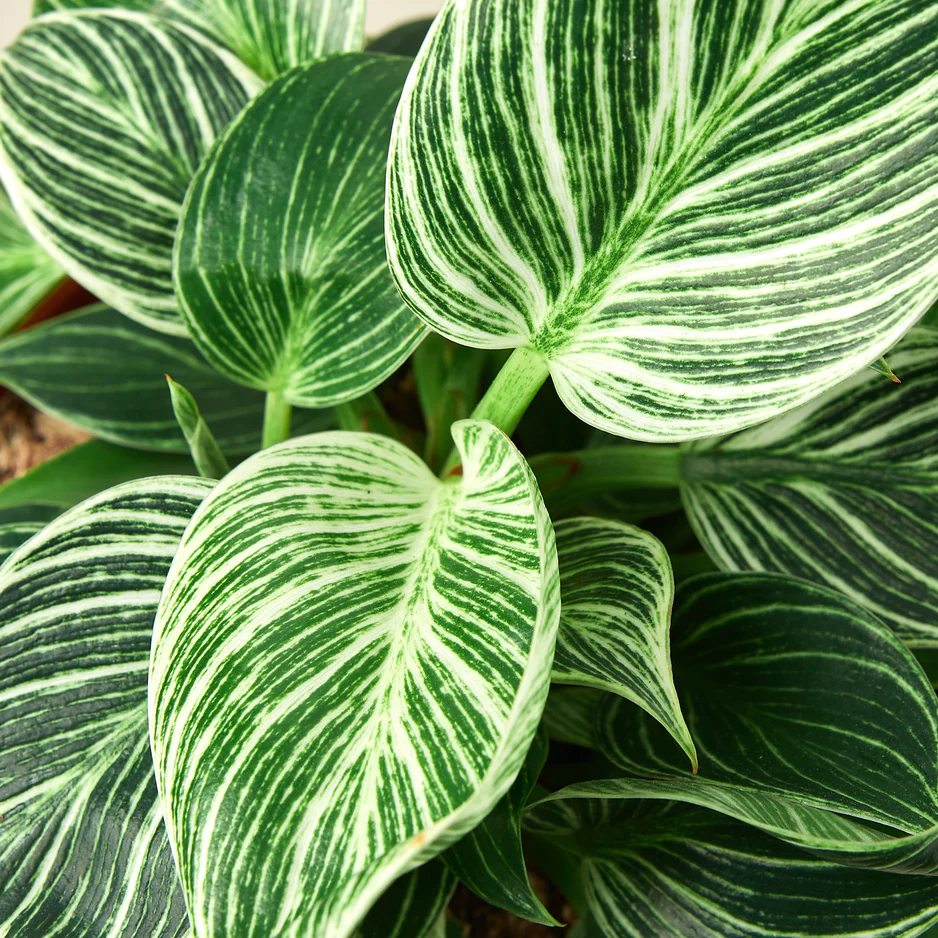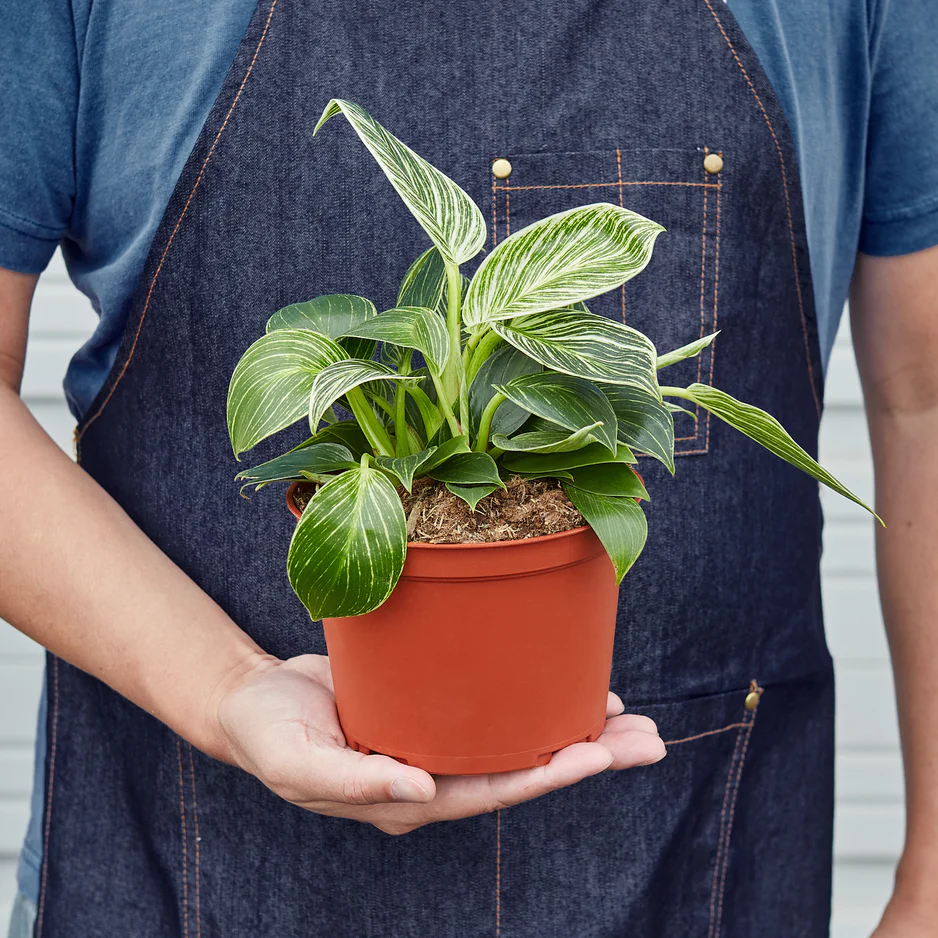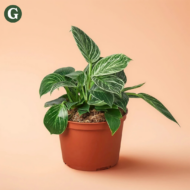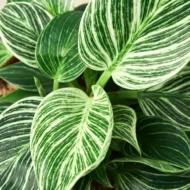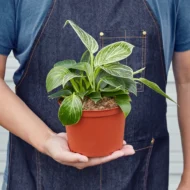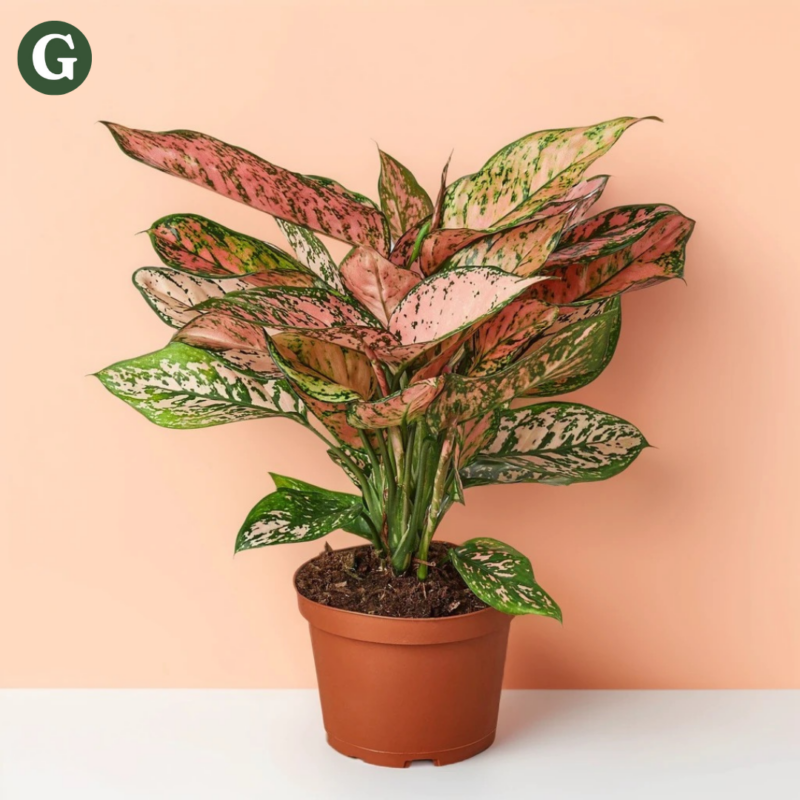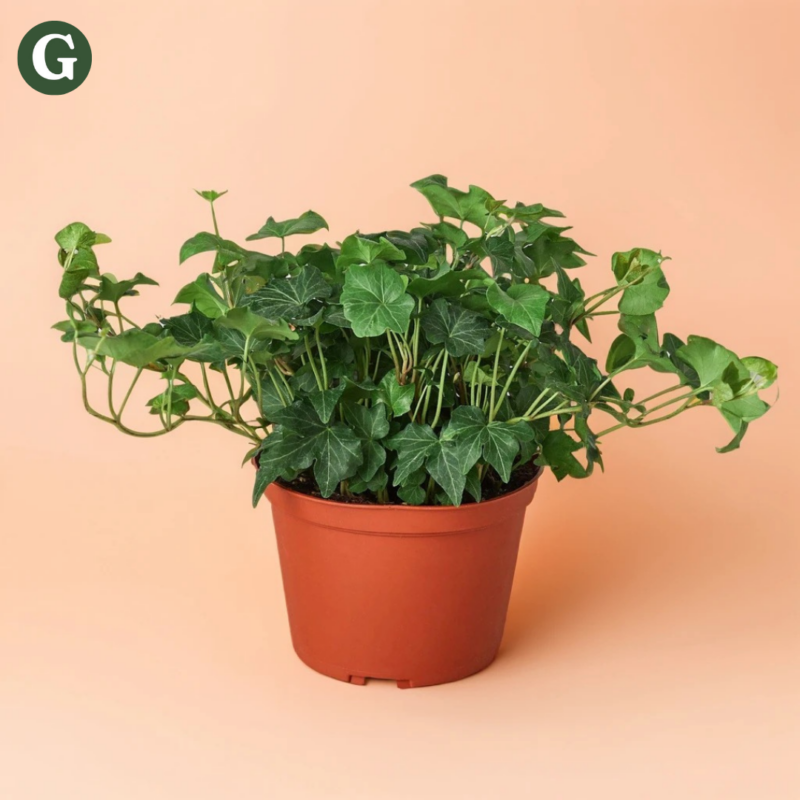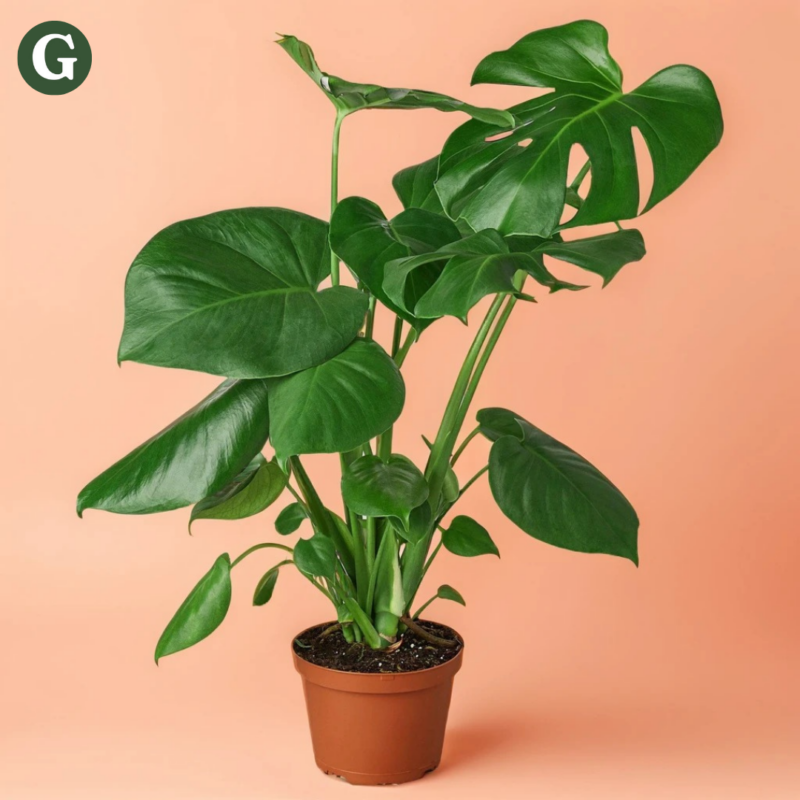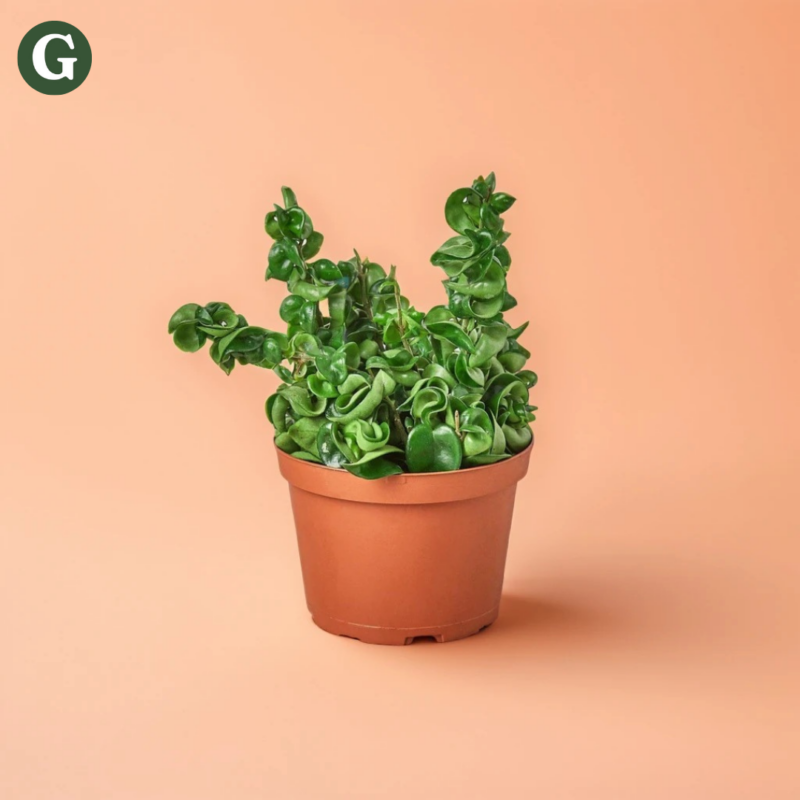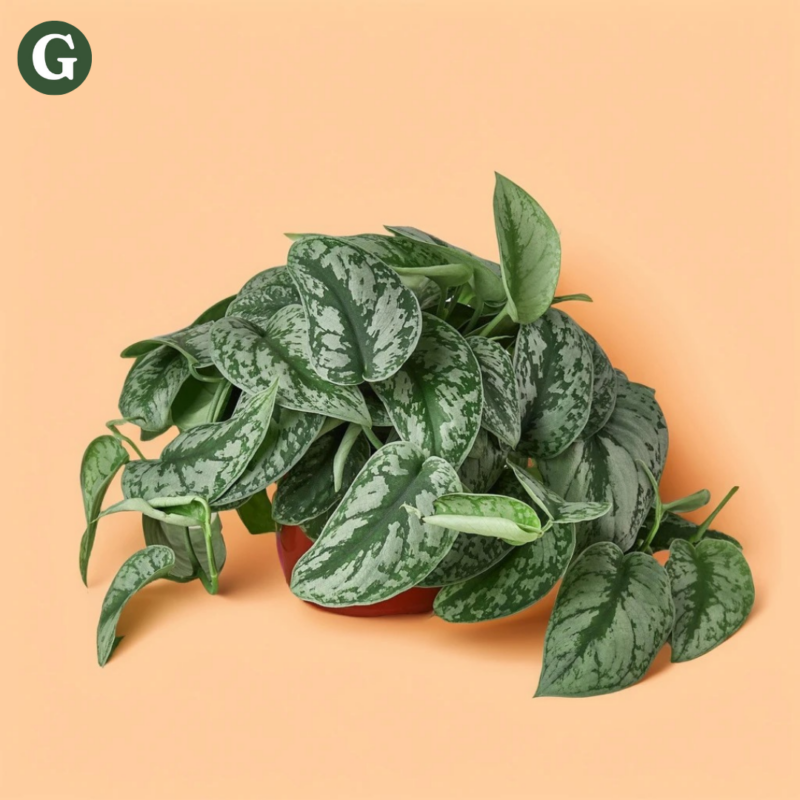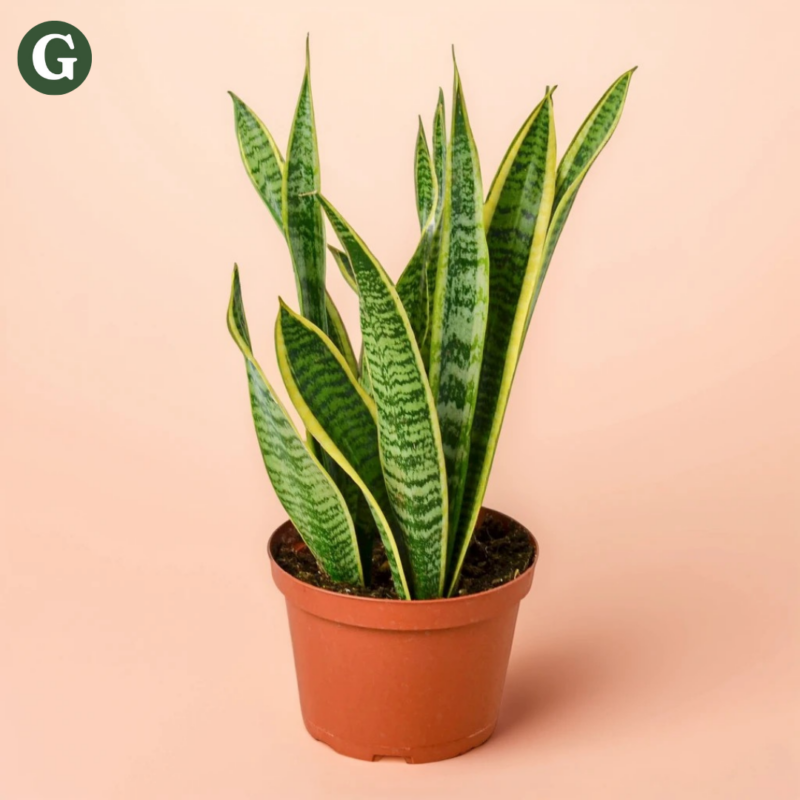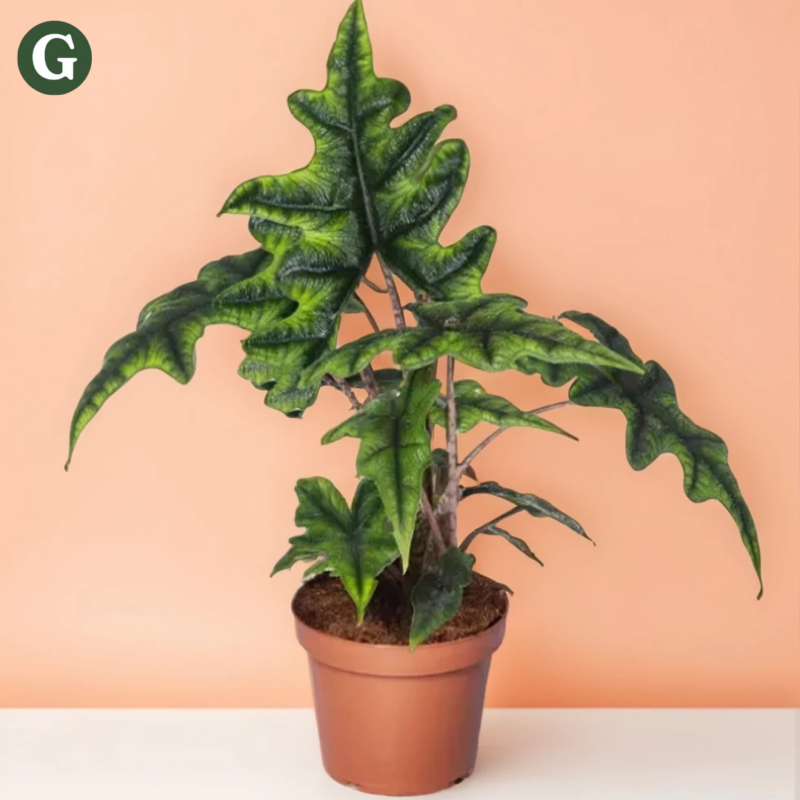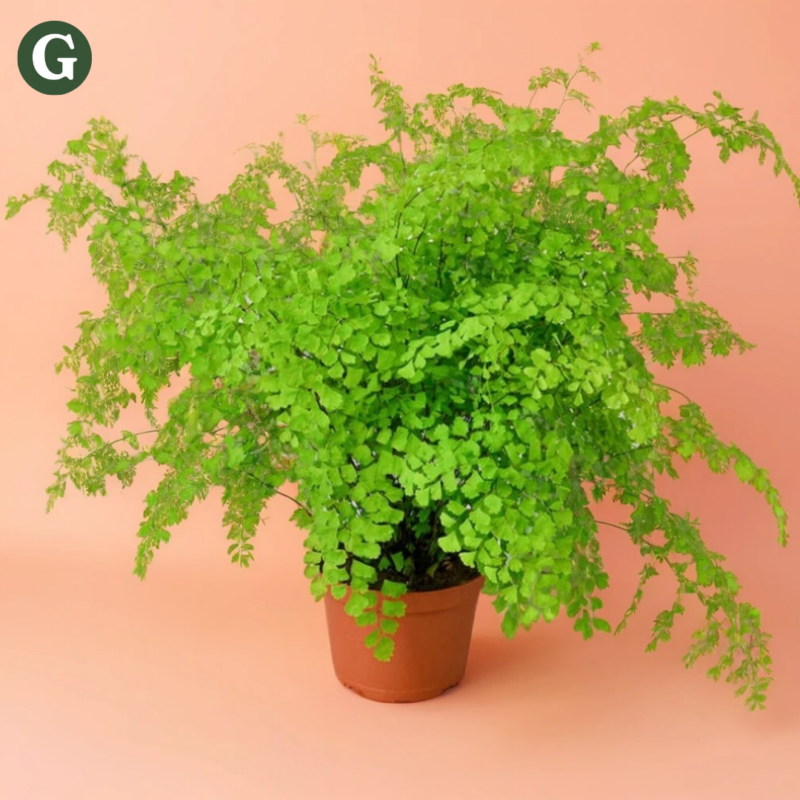Philodendron Birkin
Botanical Name: Philodendron 'Birkin'
Common Name(s): Birkin Philodendron
Philodendron Birkin is a striking, ornamental houseplant known for its unique and eye-catching variegated leaves. The leaves are glossy and dark green with striking white or cream-colored streaks that run through the center, creating a beautiful, pinstriped pattern. This compact plant has a bushy growth habit and typically grows to about 12-18 inches tall, making it a perfect choice for desks, tabletops, or smaller spaces in your home.
Philodendron Birkin thrives in bright, indirect light, which helps maintain its vibrant variegation. It prefers well-draining soil and should be watered when the top inch of soil feels dry. Overwatering can lead to root rot, so it’s important to let the soil dry out between waterings. While it can tolerate average indoor humidity levels, higher humidity will promote better growth and help maintain its striking foliage.
Air Purifying Qualities:
- Toxin Removal: Like other Philodendrons, the Birkin variety is effective at removing common indoor toxins such as formaldehyde, benzene, and xylene, improving indoor air quality.
- Oxygen Production: It absorbs carbon dioxide and releases oxygen, helping to create a fresher and cleaner indoor environment.
- Humidity Regulation: Birkin Philodendron also contributes to humidity regulation through transpiration, making it an excellent choice for adding moisture to dry indoor spaces.
Note: Philodendron Birkin is toxic to pets (cats and dogs) if ingested, so it should be kept out of reach of curious animals. Always monitor pets to prevent them from nibbling on the leaves.
Care Insights & Expert Tips
- Fertilize regularly: Feed your plant with a balanced liquid fertilizer diluted to half strength every 4 weeks during the spring and summer season.
- Monitor for pests: Keep an eye out for common houseplant pests like mealybugs and spider mites. Treat infestations promptly with insecticidal soap or neem oil.
- Be patient: Philodendron Birkin is a slow grower, so don't be discouraged if it doesn't grow rapidly.
- Repotting: Repot every 1-2 years or when the plant becomes root-bound. Use a well-draining potting mix, such as peat-based or general houseplant mix, and select a pot that’s just 1-2 inches larger than the current one.

Visit our plant care library
Find essential tips to keep your plants thriving, vibrant, and healthy.
